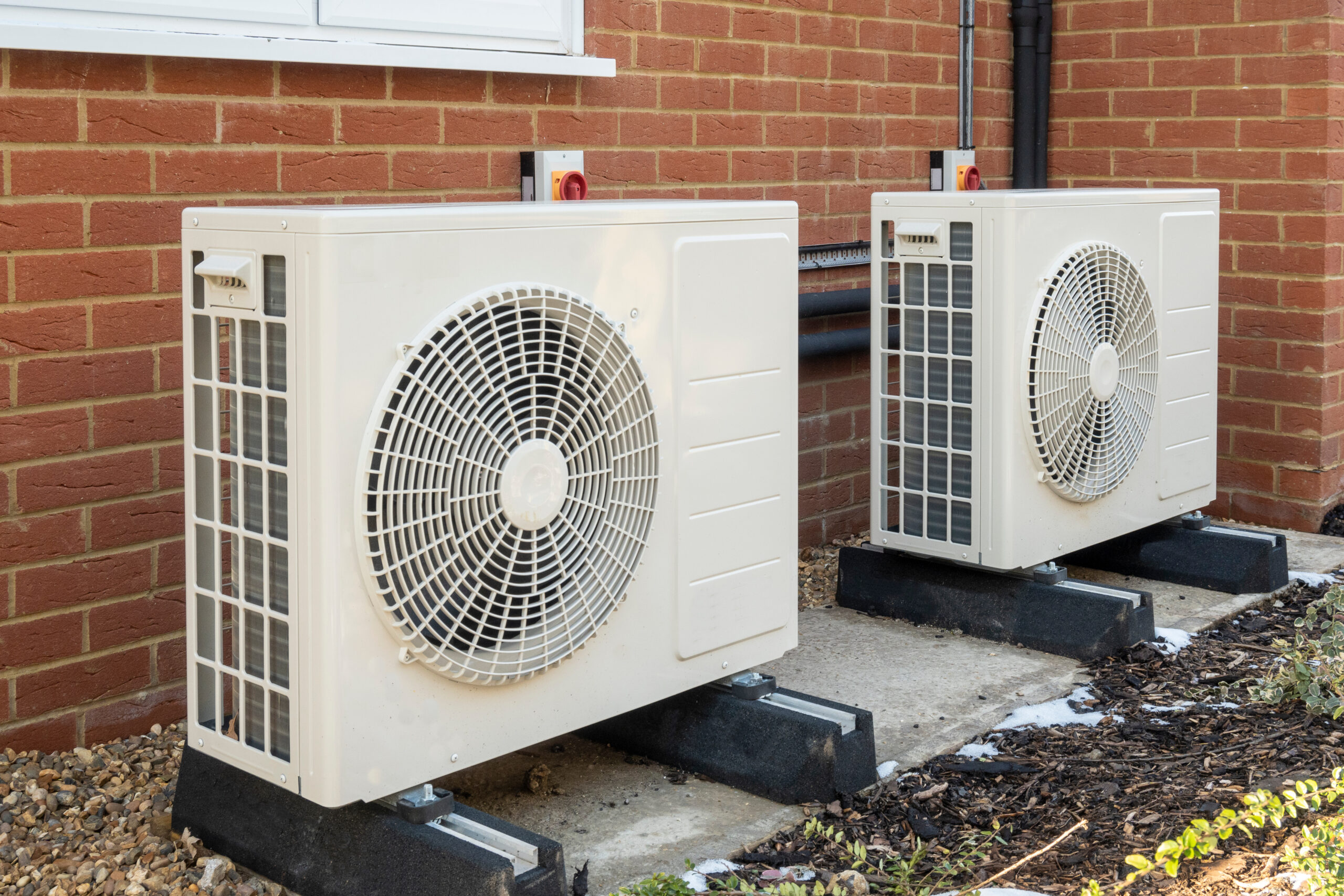Opinion: Gov. Moore aims to lead on climate. Here’s a tangible way to make bold commitments a reality

By Ruth Ann Norton and Anne Havemann
Norton is the president and CEO of the Green & Healthy Homes Initiative. Havemann is general counsel for the Chesapeake Climate Action Network.
Earlier this fall, Gov. Wes Moore (D) joined 24 governors across the U.S. to make a bold climate commitment: to quadruple the number of heat pump installations across the territories, delivering 4 million heat pumps by 2030. This little-known electric equipment, which can both heat and cool homes for a fraction of the energy, can be a tool to catapult Maryland toward its climate goals, help save households money on their monthly energy bills, and improve public health. Yet how can Gov. Moore deliver on these bold promises? By pursuing healthy air standards for HVACs and water heaters.
The Moore administration is already making strides toward reducing the 13% of greenhouse gas emissions that come from the state’s buildings. Replacing gas furnaces with heat pumps, which can cut 33% of climate pollution from the average Maryland home in the first year and 62% over the lifetime of the equipment, will be an essential tool to make these goals a reality. Heat pumps are very efficient and cost-effective. They use 18% less electricity than central ACs and remain 2-3 times more efficient than gas alternatives even in Maryland’s coldest winter weather, resulting in cost savings for households while reducing demand on the electric grid. As the cost of gas heating continues to rise due to volatile fossil fuel prices, the median low-income Maryland household is expected to save $373 per year if they swap their gas furnace for a heat pump.
In addition, these electric workhorses have surprising health benefits. Because heat pumps do not burn fossil fuels, their use can result in cleaner outdoor air. In fact, if every home in Maryland replaced their fossil fuel HVAC or water heater with a highly efficient heat pump, it would remove nearly as much smog-forming nitrogen oxides (NOx) as taking half of the state’s diesel trucks off the road. NOx emissions are a particularly troubling health threat in Maryland. These pollutants can combine with volatile organic compounds (VOCs) in the presence of sunlight to form smog or ozone pollution, which can harm our health in both the short and long term, worsening allergies, exacerbating respiratory illnesses, and even causing low birth weight and decreased lung function in newborns. In Maryland, where people of color are 60% more likely to be exposed to pollution from fossil fuel HVACs and water heaters, equitably expanding access to heat pumps can help lower health disparities and build healthier communities.
Maryland’s home heating and cooling market is ready to scale up the adoption of heat pumps. Nationwide, heat pump shipments outpaced gas furnaces in every month of 2022, and 54% of Maryland homes are expected to have installed this equipment by 2030 at the current pace of adoption. Implementing healthy air standards, which will phase in over time to ensure an increasing percentage of new equipment beginning in 2027 are zero-emissions, would send a strong and immediate signal to manufacturers, installers, and retailers to begin preparing for a transition to pollution-free equipment. Further, Maryland leaders can build on the new rebates and incentives that will be available to residents beginning next year to help lower the cost of this equipment, including up to $8,000 to install heat pumps and up to $1,750 for heat pump water heaters. To ensure this transition is truly affordable, the Moore administration must pursue a suite of equity-focused policies to help low- and moderate-income homes improve insulation, address other health hazards such as mold and mildew, and create healthier homes.
In the past 18 months, Maryland has taken giant leaps toward realizing a cleaner, healthier, more resilient future. Yet as Gov. Moore has made clear, we cannot rest on our laurels and wait for other states to address our collective climate crisis. Adopting healthy air standards will help fulfill Gov. Moore’s bold commitment to quadruple the number of heat pump installations by 2030 while simultaneously delivering cleaner air and more affordable energy across the state.




 Creative Commons Attribution
Creative Commons Attribution